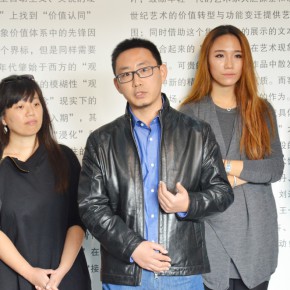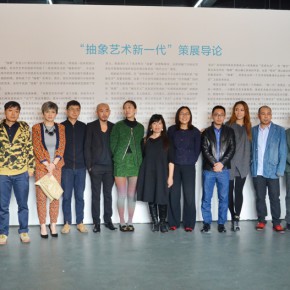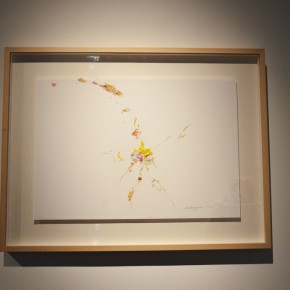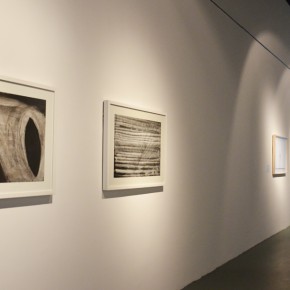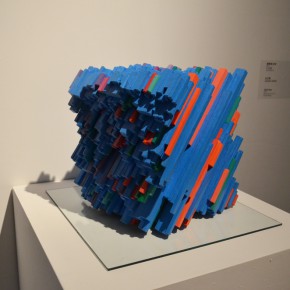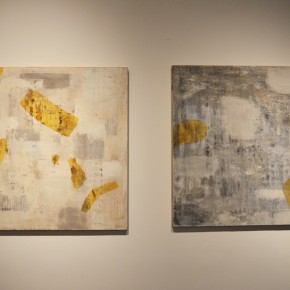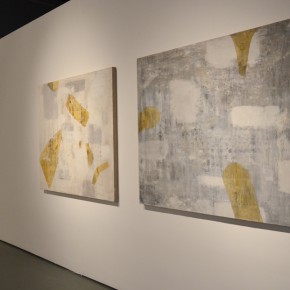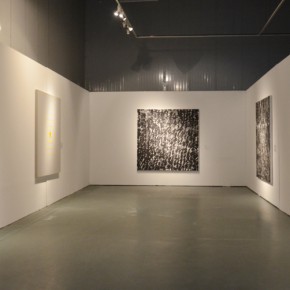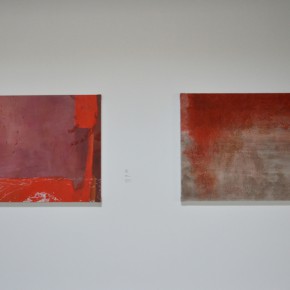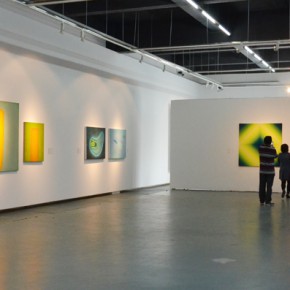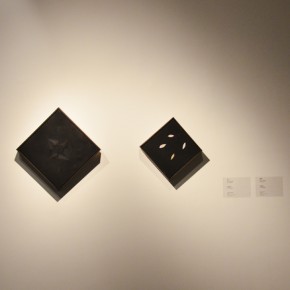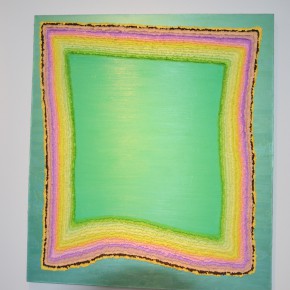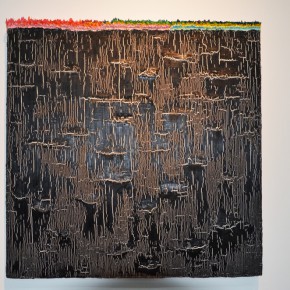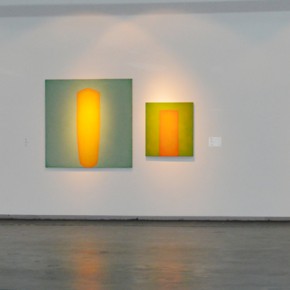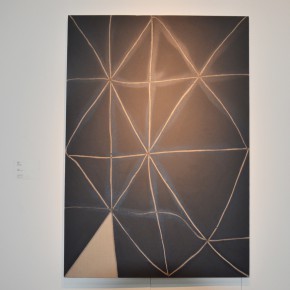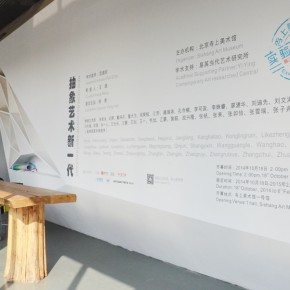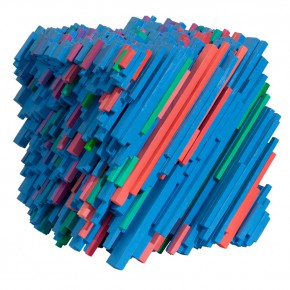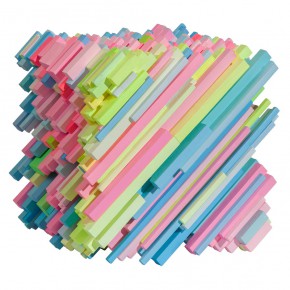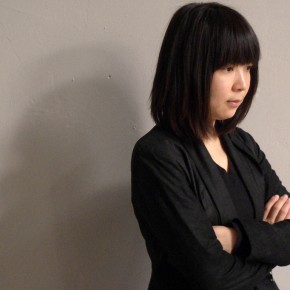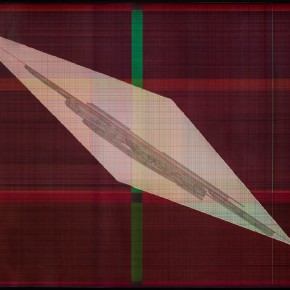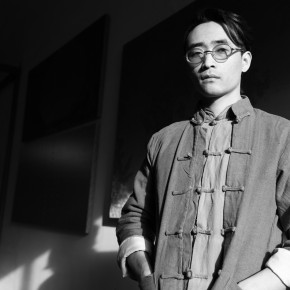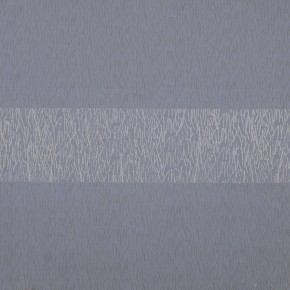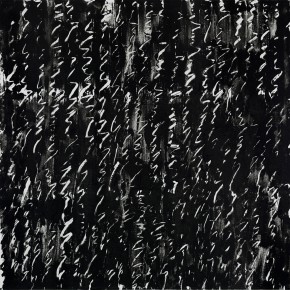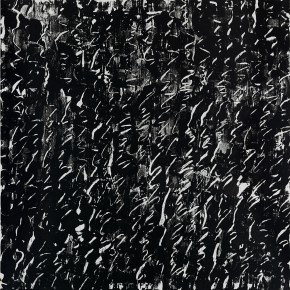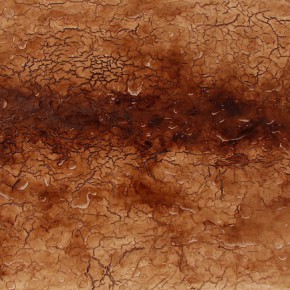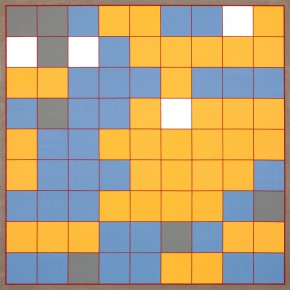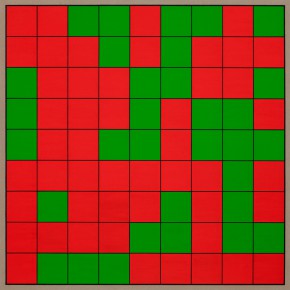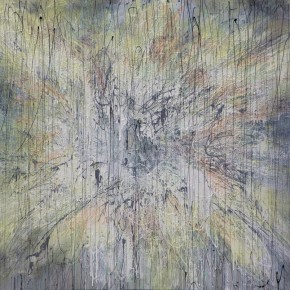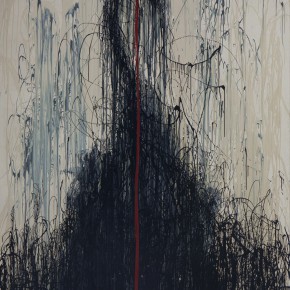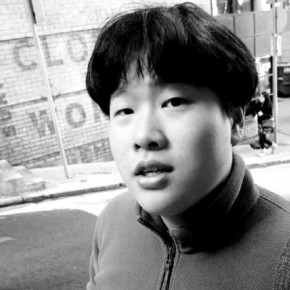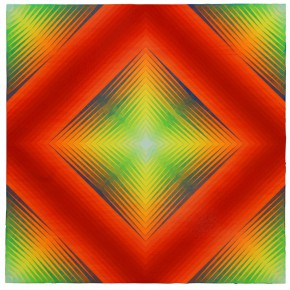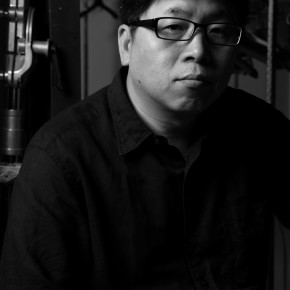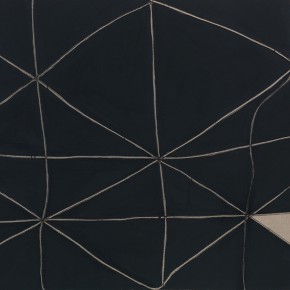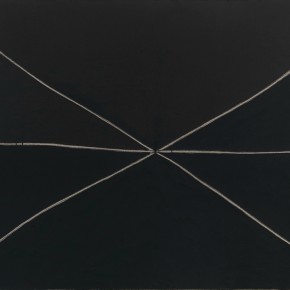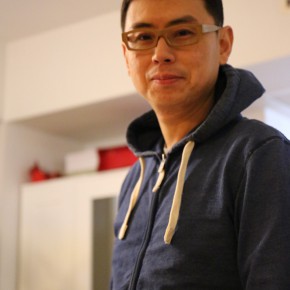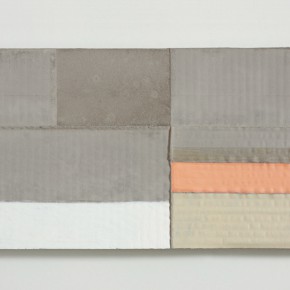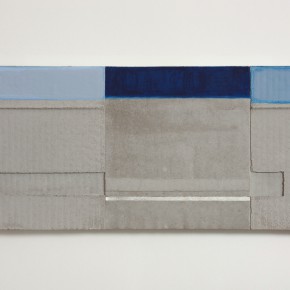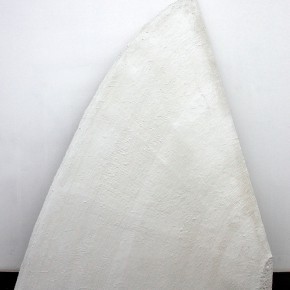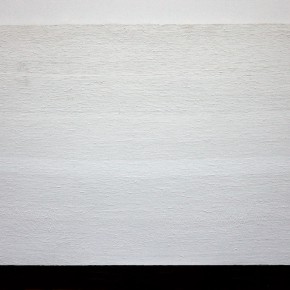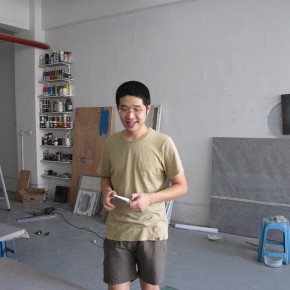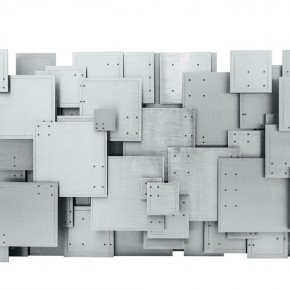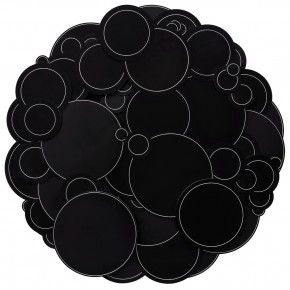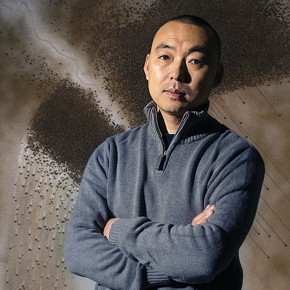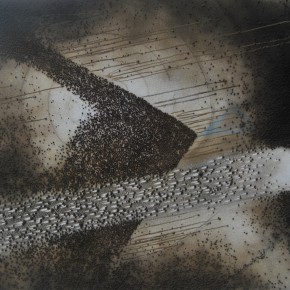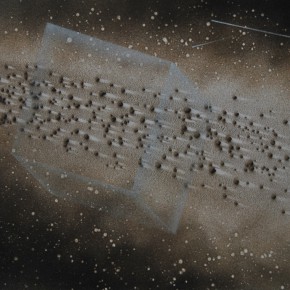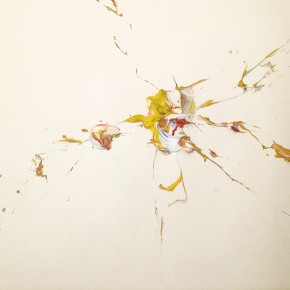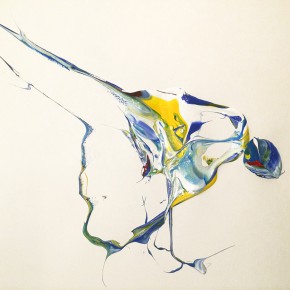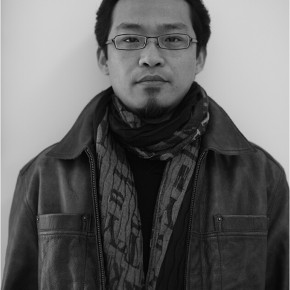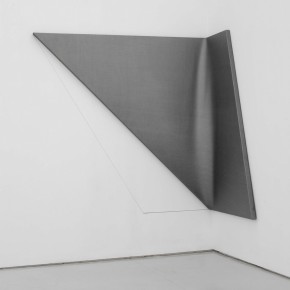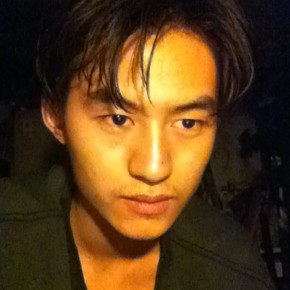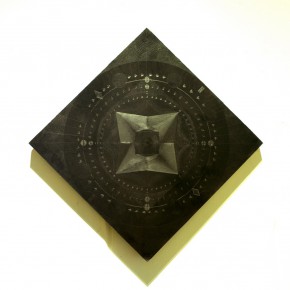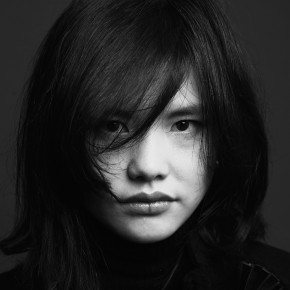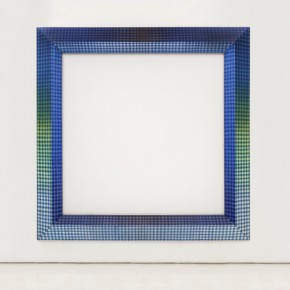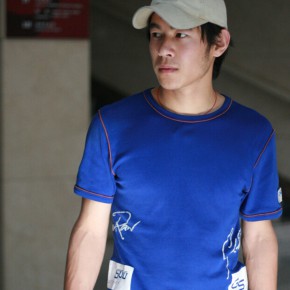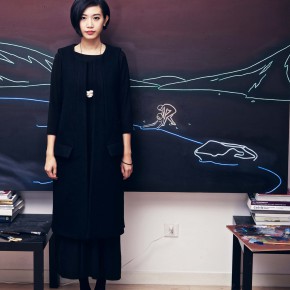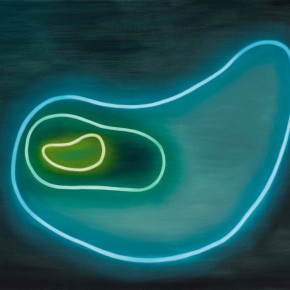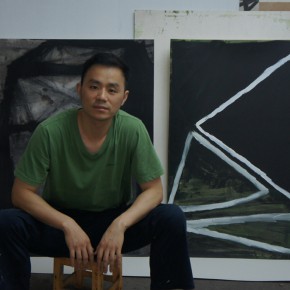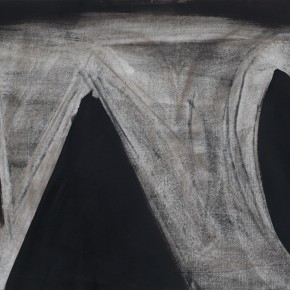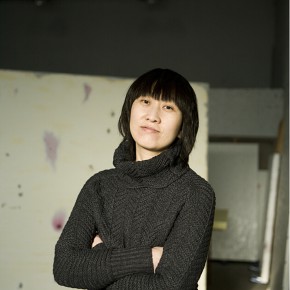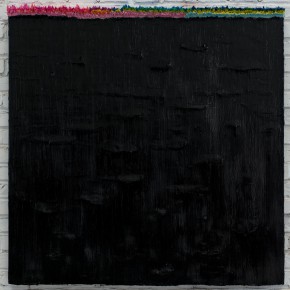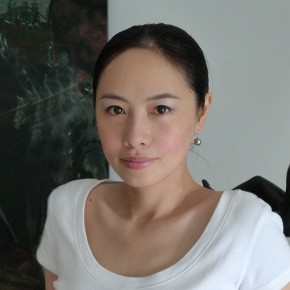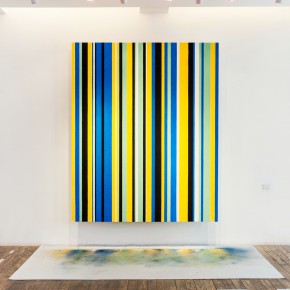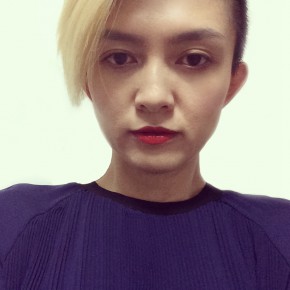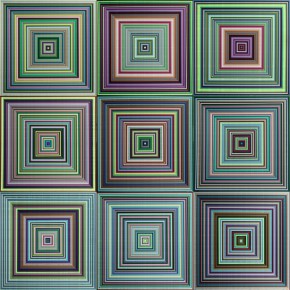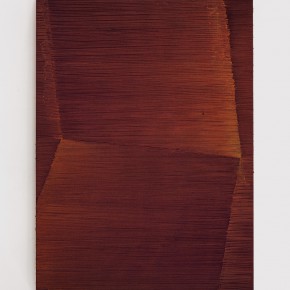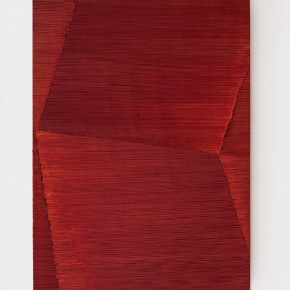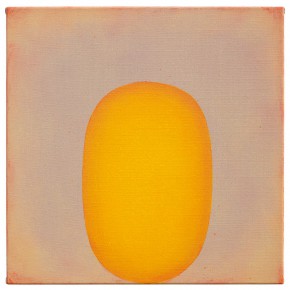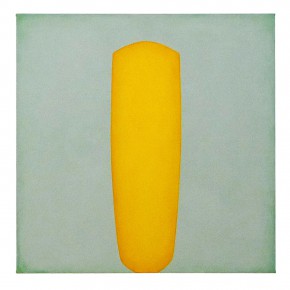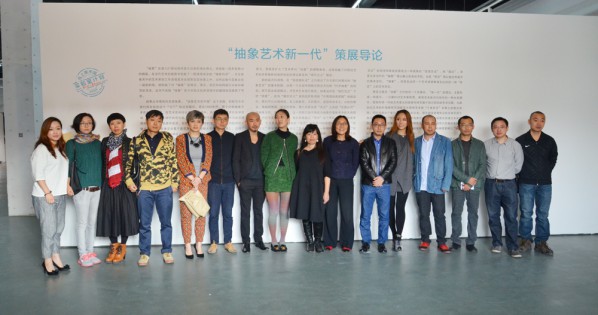
At 2:00 pm on October 18, “New Generation of Abstract Art - Sishang Art Museum Experimental Plan in the Third Round” opened at Beijing Sishang Art Museum. The exhibition is hosted by Beijing Sishang Art Museum, receives academic support from Yi Ying Institute of Contemporary Art, continuing the purpose of the previous two rounds of “Sishang Art Museum Experimental Plan” (Medium and Method in Today’s Painting” and “A New Context Derived From Shuimo”), breaking through the convention that considers the opening ceremony as the end, so becominga new “cultural occurring” action.
The exhibition invited 31 representative artists born in the 1970s, 1980s and 1990s, including Chen Ruobing, Chi Qun, Dai Dandan, Dong Dawei, He Guirui, Jiang Fang,Kang Haitao, Kong Lingnan,Li Kezheng,Li Shurui, Liao Jianhua, Liu Dixian, Liu Wentao, Lu Zhengyuan, Ma Yongqiang, Qin Jun, Shang Yixin, Wang Guangle, Wang Hao, Wang Jian, Wang Yi, Wei Jia, Yi Meng, Zhan Rui, Zhan Xinglong, Zhang Fan, Zhang Lei, Zhang Ruyi, Zhang Xuerui, Zhang Zihui, Zhuang Weimei, to focus on the latest exploration of “non-reproduction painting” by the new generation of artists in the developing process of Chinese contemporary art, as well as the cultural signal, creative capability and breakthrough of ideas that it releases.
At the opening ceremony, Director of Sishang Art Museum initially spoke, Sishang Art Museum formally operated for three years, her original ambition was to build an art museum that was not for showcasing her personal collection, but simply attempting to build a non-profit art museum in Shunyi to support the development of Shunyi’s cultural undertaking, growing up together with the children of this district, in addition, through the exhibition to provide a platform for young artists, systematically combing through the art of China.
Curator Wang Meng said, Sishang Art Museum Experimental Plan had been carried out for three rounds and on the whole, the plan aimed at, through the cultural space of the art museum, the application of an experimental method to present a new growing point for contemporary art. The exhibition combined the abstract arts of young artists, to comprehensively display them, Wang Meng said that, the group exhibition was in regard to young artists, and was one of the largest exhibitions in the history of Chinese abstract art. At the same time, Wang Meng expressed his hope that through the formulation of a “new generation”, using a curatorial discourse, they are able to bring a new hint to the young artists and the whole art world. It brought us back to the new cultural context of the 21st Century, we should think more about what state the art was during such a period.
The third round focuses on the latest exploration of “non-reproduction painting” by a new generation of artists in the developing process of Chinese contemporary art, as well as a cultural signal, creative capability and breakthrough of ideas that it releases. As it is mentioned in curatorial instruction that, after the end of the conceptual shock, “abstract schemata”,“conceptual interest” and “visual logic” becomes an academic proposition of a “new abstract” art category under the research of “pan-concept” reality of the Sishang Art Museum experimental plan. “Concept” does not only exist as a kind of contemporary art “interest” here, meanwhile it plays a “fulcrum” role of “keel ”, residing in the deep structure of work. “Vision”is a kind of “utility” of work based on “schema”, not only gives a direction to “teleology” in the process of creation, and also becomes a concrete “implementation” on the level of the reading and experience of “acceptance theory”. “Schema” is a means for many contemporary “abstract” artists to establish themselves, and is the basic way of “visual”output and display. “Abstract” is an artistic existence of form which is diverted from such an artistic context. The theme of the exhibition presents a key word “new generation” in addition to “abstract”, which is a hint, on the one hand pointing to the artists, to reveal the art criticism’s future expectation in creation, to encourage the younger generation of artiststo boldly explore and study the art issues that belong to their own time, to offer the scattered breakouts to the transformation of value and functional change of the artists on the level of “individual consciousness”in the 21st Century; at the same time, in virtue of the collective exhibiting text, to suggest readers focus on the gathering “new phenomenon” diverted from different individuals, gradually discovering the door accessible to the future world in the real works of art phenomenon. It is commendable that their works exude a kind of new spiritual way and temperament that breaks out from the “old” fixed thinking. And objectively speaking, it is necessary for them to establish the position of “new generation”, thus making a difference in thenew century.
During the exhibition dates, the “experimental dialogue” project will be implemented, Wang Meng will have a dialogue with every artist’s daily work on the level of study and theory, under the category of contemporary art theory including the “visual”, “scheme” and “conceptual” of the “new generation of abstract art”, in order to draw out the “individual discourse” created by the artist, through the curatorial cultural function so as to construct an integrated “knowledge discourse”, becoming a shareable public cultural exhibition text for art circles and especially the new generation of artists. After this achievement exhibition, Sishang Art Museum will publish a catalogue entitled “Experimental Report: New Generation of Abstract Art”, with articles on the experimental report after the end of the exhibition to sum up the experimental project, and it is an official publication published by the Intellectual Property Publishing House.
The exhibition will continue to February 6, 2015.
Text and photo by Lin Jiabin, translated by Chen Peihua and edited by Sue/CAFA ART INFO


